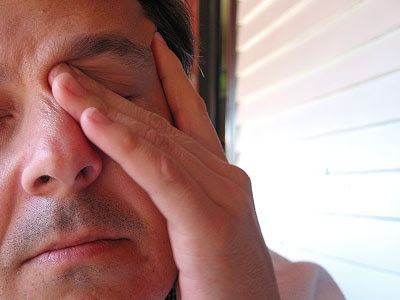 ADVANTAGES:
ADVANTAGES:- Can be done just about anywhere.
- Only essential equipment is loose clothing and a good pair of shoes (see end of article)
- Stresses the bones of the lower body, stimulating them to retain minerals.
- Stimulates the cardiovascular and muscular systems.
- Employs the large leg muscle groups, stimulating calorie consumption.
DISADVANTAGES:- Can cause injuries to ankles, knees, hips, and lower back.
- Can overstress the front region of the lower leg, causing connective tissue irritation (shin-splints).
- Doesn't exercise the upper body much.
- Weather-dependent (for all but the most committed!).
- Not suited to (warning, scientific term approaching) 'big boned' people.
OBTAINING RUNNING SHOESBudget to pay between £60 and £80 for a decent pair of running shoes.
The majority of training shoes are not suitable for running in. In fact, the majority of training shoes are not suitable for walking in.
Buy your running shoes from a shop where 'proper' runners go to buy their shoes. An easy way to find out if the people at the shop know their stuff is to ask them to check if you pronate or supinate. Someone who knows about running will oblige. If they burst out laughing, go somewhere else!
A pronated foot rolls inwards at the ankle, the midfoot bulges inwards and the longitudinal arch flattens. Those who over-pronate generally have flexible joints, so need running shoes that give a high level of support - a firmer anti-pronation post on the inside of the midsole; a firm or dual density midsole; and a a firm heel counter.
A supinated foot rolls outwards at the ankle and has a high arch. They tend to be more rigid and are poor at absorbing shock, so they will need running shoes with a lot of cushioning. Cushioned shoes tend to be poor at motion control.
Shop in the later part of the afternoon - that's when your feet are largest, and feet swell when running.
Modern running shoes should feel comfortable from the moment you try them on, they don't need 'breaking in', so if they feel uncomfortable, try another brand/style.
Wear the same kind of socks you plan to wear when running. The shoes will provide the padding, so don't assume you need to wear thick sports socks.
Running shoes last about 1000km before their padding/support breaks down. Keep a note of your progress, and replace your shoes regularly, your joints will thank you for it.
ONE LAST THING:If you are planning on running regularly, my advice would be to invest in a heart rate monitor. More about this on the next blog.
------------







